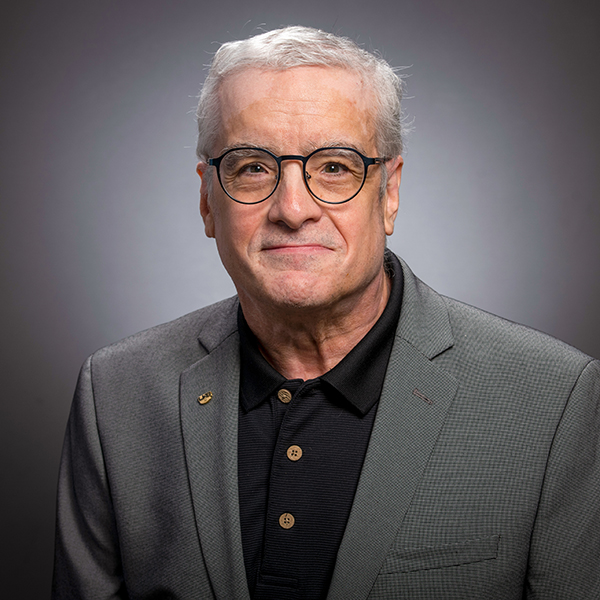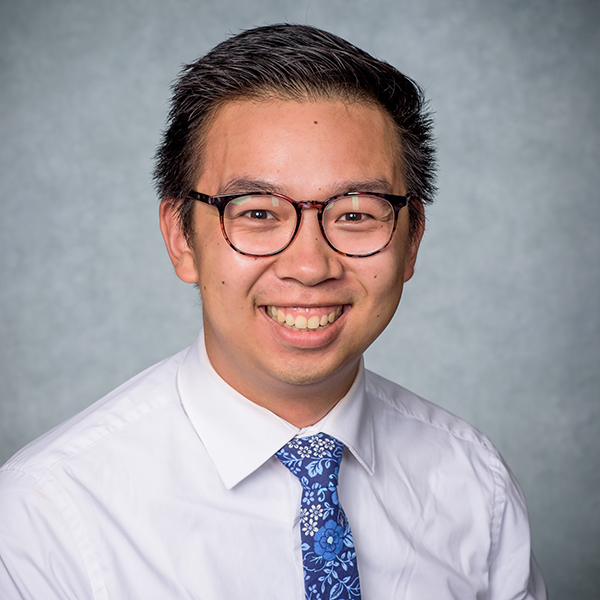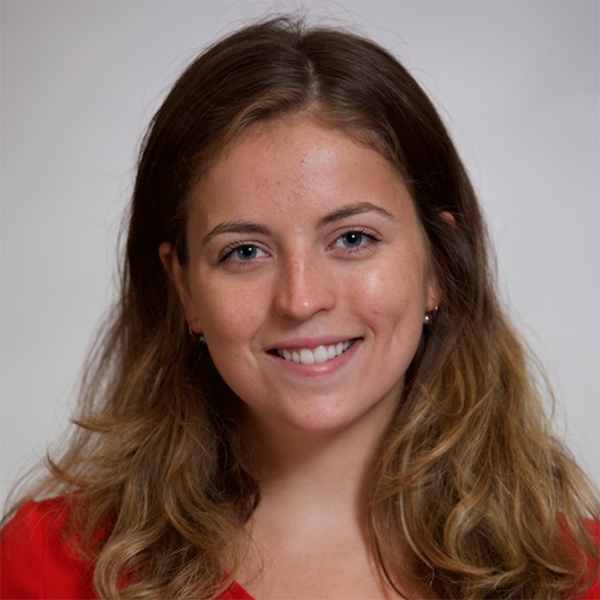![]()
 James George, Ph.D.James George, Ph.D., professor in the Division of Cardiothoracic Surgery, is the latest winner of the Heersink School of Medicine’s Featured Discovery. This initiative celebrates important research from Heersink faculty members.
James George, Ph.D.James George, Ph.D., professor in the Division of Cardiothoracic Surgery, is the latest winner of the Heersink School of Medicine’s Featured Discovery. This initiative celebrates important research from Heersink faculty members.
George’s study, "Resident macrophage subpopulations occupy distinct microenvironments in the kidney," was recently published in JCI Insight.
The team in George’s lab studies the role of immune cells in acute and chronic kidney injury. The co-first authors of this study are graduate students Matthew Cheung and Elise Erman—who are both co-mentored by George and Anupam Agarwal, M.D., interim senior vice president for Medicine and dean of the Heersink School of Medicine.
"It has been very exciting to spearhead this project and to be able to share our findings with the larger research community,” said Erman. “You can clearly see the innovation of the George/Agarwal laboratories and UAB on display here."
The team was looking at macrophages, a type of immune cell that is present throughout the kidney tissue, touching every major structure and monitoring the surrounding tissue for damage.
“We determined the identities of thousands of individual macrophages by sequencing the RNA molecules contained in each cell,” said George. “When we classified the cells, we discovered seven new macrophage populations. Using spatial transcriptomics, a technique that allows one to see where each cell is located in the tissue, we found that each macrophage subpopulation is located in a distinct, well-defined region of the tissue.”
The team found that after injury, the macrophages appear in different locations. Some macrophage subpopulations, after injury, do not return to their former locations, suggesting a reason why patients who have injured kidneys may experience problems later, even after they have fully recovered.
"It was an amazing opportunity getting to use some of the newest RNA sequencing technologies to study kidney resident macrophages in a way we've never been able to before,” said Cheung. “We spent an incredible amount of time learning and practicing each step of the experiment and accompanying data analysis so it's really neat seeing this come to fruition and being able to share our findings with the scientific community.”
Read more from UAB News about the team’s work.
The Heersink School of Medicine communications staff sat down with Dr. James George to gain insights about the research of this study, UAB, and the science community.
 Matthew CheungQ: What compelled you to pursue this research?
Matthew CheungQ: What compelled you to pursue this research?
Acute kidney injury is a serious clinical problem. There are no treatments for it except supportive care, such as dialysis. An episode of kidney injury can have life-changing consequences. In the ICU, the outcomes for patients that experience kidney injury are nothing short of appalling.
Q: What was your most unexpected finding?
We did not expect the locations of the individual macrophage populations to be so well delineated, and the extent to which they change location was surprising. We don’t know whether they are actually moving or if macrophage populations are changing their identities. We suspect the former.
Q: How do you feel your research will impact the science community?
The existence of the macrophage populations and their segregation into specific regions of the kidney was previously unknown. This information will strongly affect the interpretation of studies on the role of macrophages in both normal and diseased kidneys.
Q: What is your research’s relevance to human disease (if applicable)?
We have found that the distribution of macrophage populations in the kidney changes after kidney injury and that, even after recovery, some populations never appear to return to their former locations. This is a significant lead in determining why patients with injured kidneys, even after they recover, are still at risk for later kidney failure or chronic kidney disease. We can also now determine the role of the individual populations and determine their roles as a function of time after injury. This could not be done before we were aware of their existence.
 Elise ErmanQ: When did you know you had an important discovery?
Elise ErmanQ: When did you know you had an important discovery?
We knew we had found something significant as soon as the first sequencing data had been processed and analyzed.
Q: How has being at UAB and living in Birmingham affected your research?
This research is not an individual achievement. UAB attracts first-rate scientists and student scientists. This study was performed primarily by two outstanding doctoral students, Elise Erman and Matthew Cheung, who spent countless hours conducting the experiments and analyzing the data. They worked within the excellent collaborative environment that is baked into UAB scientific culture, with significant help from other scientists at UAB, such as Drs. Jeremie Lever, Kyle Moore, Shanrun Liu, and members of the laboratories of Dr. Bradley Yoder and Dr. Anupam Agarwal.
Q: What made you come to UAB?
I came to UAB 35 years ago to work with some of the best immunologists in the world and to work within a community where the contributions of everyone are valued and the culture fosters scientific interchange and collaboration. Birmingham was also a factor because it allows one to work in an outstanding scientific environment but live close by without being in an urban war zone.
Q: What do you find makes the science community here unique?
UAB has a strong collaborative environment where departmental or divisional boundaries rarely have an effect on scientific cooperation and information exchange. The leadership at UAB fundamentally understands the value of a balance between clinical and research excellence, and they have been willing to invest in both scientific talent and research infrastructure.